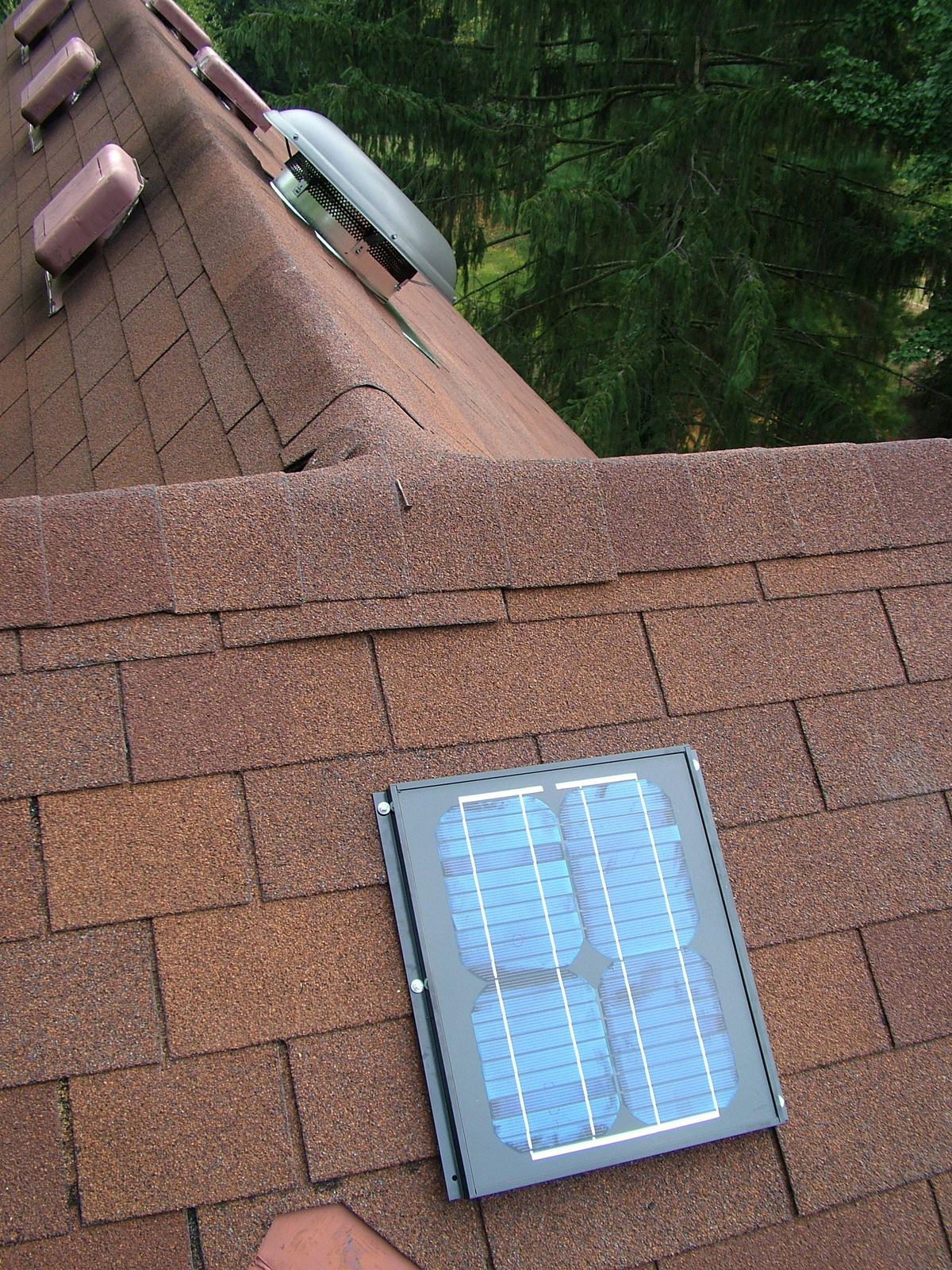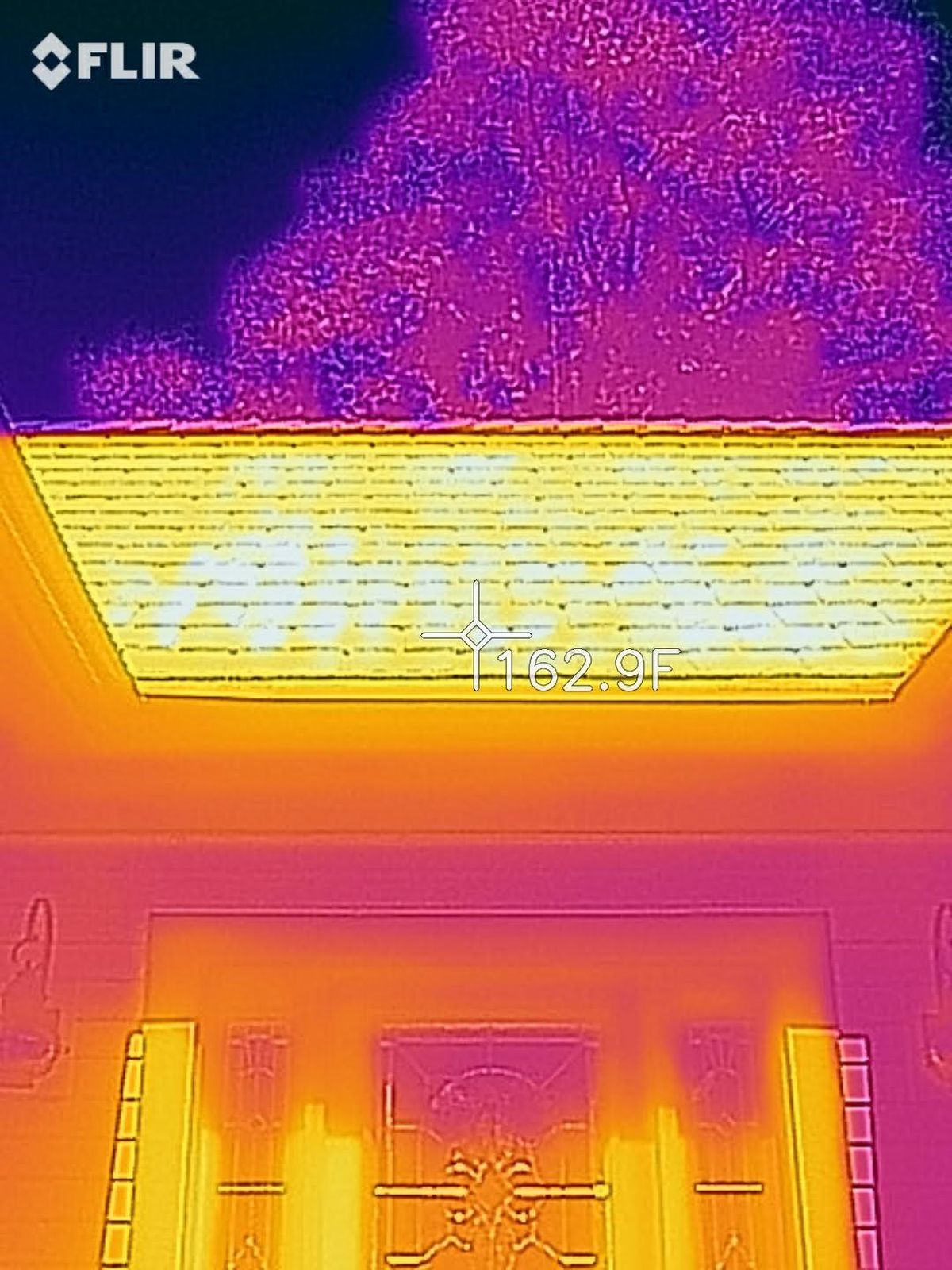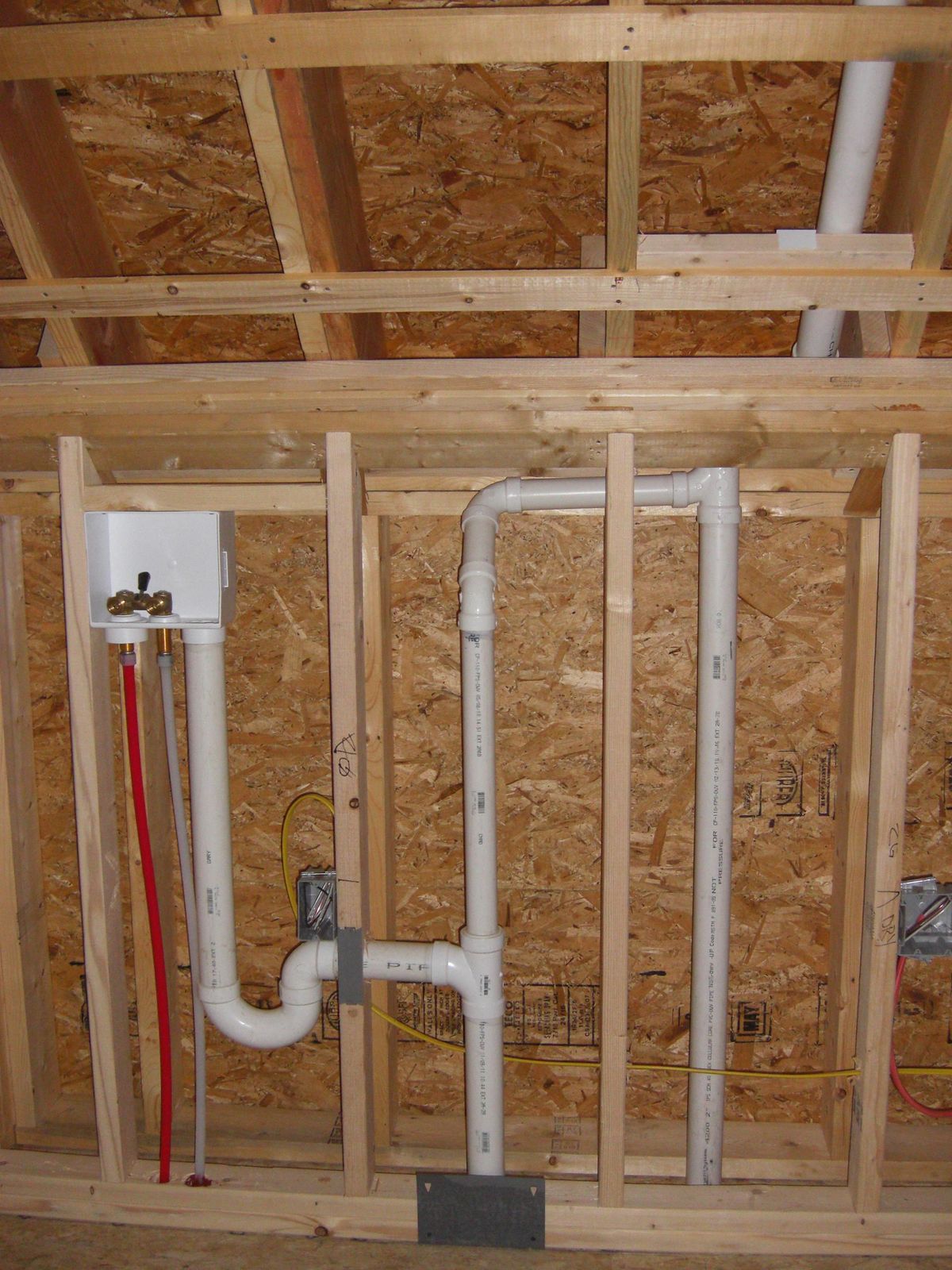Ask the Builder: Solar attic fan not going to be adequate for the job
Most of the pipes you see in this photo are plumbing vent pipes. (Tribune Content Service)
Q. Can you cut through the fog of confusion about solar attic fans? Do they really work, or are they mostly hype? What does it take to really cool an attic space? My husband really thinks it’s a great idea to buy a solar attic fan, but I don’t want to waste the money if it does little or nothing. – Bridgett W., Tampa, Florida
A.
I remember when the solar attic fan craze was hotter than the surface of my roof at noon on a summer’s day. Manufacturers sent me fans to test, and test I did. The results were just as I expected. The solar attic fans all moved less than 1,000 cubic feet of air per minute and they did nothing to lower the temperature inside my own attic.
The infrared rays from the sun are powerful. They can elevate your roof temperature hotter than 160 F. I’m quite sure in certain situations I could get a reading higher than 180 F using my thermal imaging camera.
This heat is transferred to the roof sheathing and then to the roof framing members. In essence, your entire roof structure starts emitting low-level infrared heat just like the embers in a campfire.
For the attic fans to work at peak efficiency, they need to be on a south-facing roof slope if you live in the Northern Hemisphere. If a cloud blocks the sunlight, the fans slow or stop. As the sun gets lower in the sky – when attic temperatures are at their greatest – the fans slow down. You need the fans to be operating at full speed late in the day and into the evening to bring air into the attic to cool all the lumber as rapidly as possible.
I tested a solar attic fan that moved 800 CFM of air. I took temperature readings in my attic as the fan operated on a cloudless day, and the readings never dropped even though the fan was moving at top speed.
If you want to lower the temperature in your attic a considerable amount, you need to do what chicken farmers do. They move tens of thousands of CFM through the barns where the chickens are living. Some of the high-speed fans have blades larger than 4 feet in diameter!
I have solar attic fan data and videos on my website, http://go.askthebuilder.com/ solarfans
Q. My new home is under construction, and I stopped by to check on the progress. The plumber had just finished putting in all the drain pipes. I was surprised to see lots of pipe rising up through the walls and up in the attic. I was upset thinking that my money was being wasted, but the builder said the pipes are vent pipes. I had no idea so much piping is behind the plaster in my current home and up in my attic. Are the vent pipes necessary? What do they do? – Ted B., Tewksbury, Massachusetts
A.
Vent pipes supply air into your plumbing system. Each time water drains through the pipes on its way to the sewer or septic tank it pushes air out of the way in the drain pipes. This air needs to be replaced and the best way is to grab it from the atmosphere above your home.
If you didn’t have vent pipes in your home, the water would drain sluggishly and air would get sucked into the system through other fixtures in your home. The water movement from a flushed toilet creates a significant short-lived vacuum in the system that can slurp the water from a vanity or tub trap with no effort. You may have heard this sucking noise in the past and not realized what was happening.
If a trap gets sucked dry, then sewer gas and vermin can enter your home. This is why plumbing vent pipes are so very important.
The plumbing codes in certain places allow mechanical vents at or under certain fixtures so plumbers don’t have to install all the vent pipes. I’m not a fan of these shortcut devices because they have moving parts. Anything with a moving part fails at some point. I routinely get email from people with sewer gas odor in their homes from failed mechanical vents.
There’s no substitute for a traditional vent-pipe system that has at least one full-sized vent pipe. There are no moving parts. I’m just a few months away from installing this old-fashioned time-tested system in my daughter’s new home.
I’ve got tips and vent-pipe video I shot showing you all the vent pipes in a new home posted at http://go.askthebuilder.com/ventpipes
Tim Carter can call you on the phone for FREE to solve your problem. Go to his website and fill out the form on this page: https://www.askthebuilder.com/ask-tim/.


